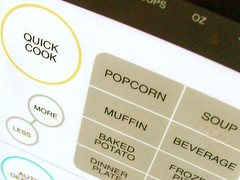If you’d like to get in touch with me, you can send me an e-mail on ken at kenstechtips.com.
How Can I Help?
| Looking to get in touch with a specific mobile or broadband provider? (e.g. to change or cancel your plan) |
Unfortunately, I’m just an third-party blogger and I operate independently of the mobile networks and broadband providers discussed. I therefore won’t be able to help you with any account-specific queries: you’ll need to direct this to the provider themselves. Due to data protection, please do not send me any of your personal information such as your account number, address, PAC Code, etc. |
|---|---|
| Found an error or an omission on the website? | Sometimes, I’ll get things wrong (or things can change quickly, given the industry we operate in). You can either leave a comment below the relevant article to let me know, or you can send me an email using the address above. Thanks again for taking the time to letting me know! |
| Got a question that you’d like answered? | Unfortunately, I’m not able to answer questions via e-mail due to the large volume of messages that I receive. However, you can leave a comment below the relevant article with your question. I’ll endeavour to reply to as many of those questions as I can, or other members of the community might chip in and answer them as well. If you like, our system can also send you a email notification whenever someone replies to your message. |
| Want to place a guest post on the website? | Unfortunately, we don’t accept guest posts on this website. |
| Want to get in touch with information about your product or service? | I’m happy to receive information about relevant products and services but unfortunately I won’t be able to reply to every email I receive. |

